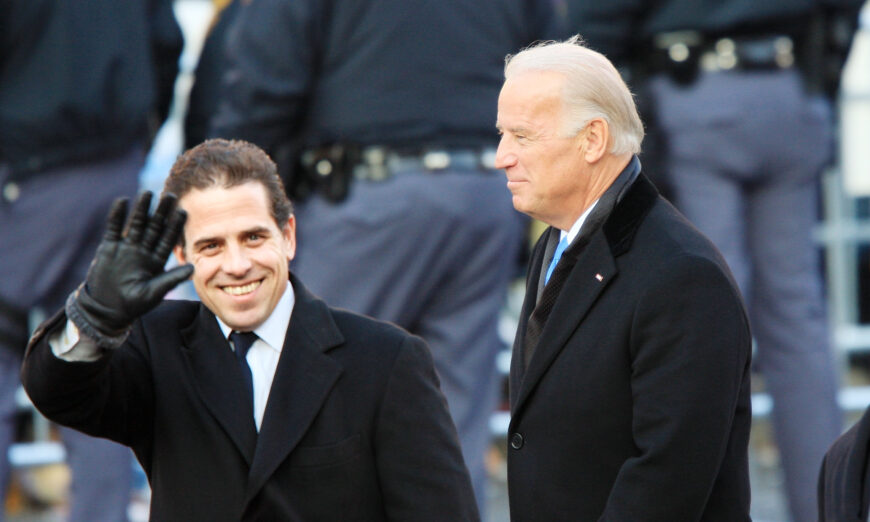What to know about the SpaceX rocket explosion as FAA starts investigation
Hold onto your seats, folks! Elon Musk’s SpaceX just launched Starship, the largest rocket ever built, and set a world record. But, unfortunately, it exploded only four minutes after takeoff on its first test flight.
Despite the explosion, Musk, SpaceX, and many experts hailed the launch as a success. However, the Federal Aviation Administration (FAA) announced that it would be grounding all future SpaceX launches until an investigation into the possible damage from the rocket’s explosion was concluded.
SPACEX’S LARGEST ROCKET EVER BUILT EXPLODES FOUR MINUTES AFTER LAUNCH
Here’s everything you need to know about Thursday’s Starship launch and its aftermath.
What happened with the launch?
On Thursday, SpaceX launched its Starship rocket at its launch site in Boca Chica, Texas. It was the largest ever launched and a planned key component of human missions to Mars. The rocket launched on April 20, also known as 4/20, which is known for its association with marijuana.
Musk commented on the date the rocket launched on Twitter Monday, saying it was “hard to believe Starship actually did launch on 4/20.”
Despite previous tests showing the operability of nearly all of the ship’s 33 booster engines, only 25 boosters were activated on the launch day. Though falling short of having the ideal amount of engines, it was still enough to reach the atmosphere, as reported by Time.
The main problem occurred at the stage where the boosters were supposed to separate from the main vehicle, around the three-minute mark. Instead of detaching, the rocket began an uncontrolled tumble. One minute later, SpaceX engaged its “flight termination system,” which caused it to explode.
SpaceX described the event as a “rapid unscheduled disassembly before stage separation” on Twitter.
Was the launch a success?
Experts and observers are split as to whether or not the launch was a success, disaster, or some combination of both.
The launch experienced three main problems. Firstly, the large number of boosters heavily damaged the launch pad, blowing off chunks of bowling ball-sized debris.
Second was the failure of eight engines despite six of those having tested successfully just days prior. Third was the result of the self-destruction mechanism, which spread debris for miles around, as reported by CNBC. Environmental engineers are particularly worried about the particulate matter spread around. The ash-like substance has the potential to harm the respiratory health of people and animals.
Why is the FAA getting involved?
The FAA announced on the day of the explosion that SpaceX’s Starship Super Heavy program would be grounded until further notice.
“A return to flight of the Starship / Super Heavy vehicle is based on the FAA determining that any system, process, or procedure related to the mishap does not affect public safety. This is standard practice for all mishap investigations,” the statement read.
The agency appears to have gotten involved largely due to an apparent violation of SpaceX’s environmental assessment, which it had completed to get a license to liftoff. The company wrote that in the event of an explosion, the rocket’s debris field would only extend about 1 square mile around the launch pad. Instead, dust and debris were reported several miles away, in addition to complaints about structural damage in Port Isabel, which is 6 miles away from the launch pad, CNBC reported.
" Conservative News Daily does not always share or support the views and opinions expressed here; they are just those of the writer."





